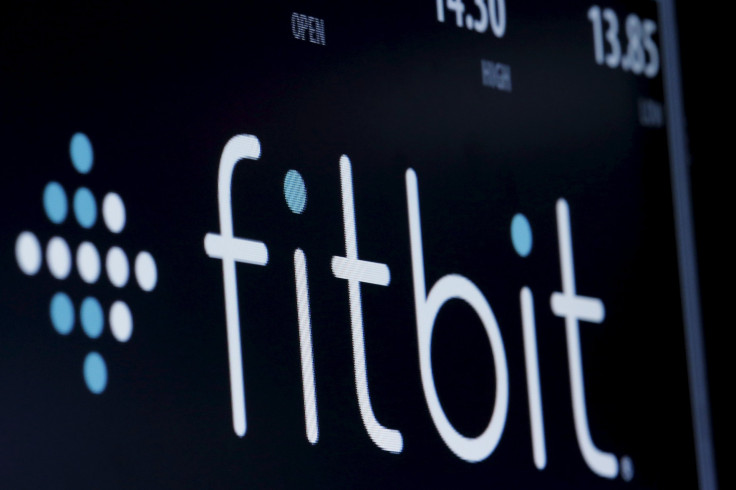Fitbit, Apple and Xiaomi Smartwatches Lead Surprise Wearable Bounceback

Over the past few years, many tech analysts have expressed doubt if the wearable market would be able to sustain itself in future. However, according to a report by the International Data Corporation (IDC) that was released Thursday, the market seems to be bouncing back. Smartwatch segment grew 10.3 percent in the second quarter of the fiscal year 2017 in year-on-year (Y-o-Y) growth, reaching 26.3 million dollar shipments.
"The transition towards more intelligent and feature-filled wearables is in full swing. For years, rudimentary fitness trackers have acted as a gateway to smartwatches and now we're at a point where brands and consumers are graduating to a more sophisticated device," Jitesh Ubrani, Senior Research Analyst, IDC Mobile Device Trackers said in a press statement.
"Previous niche features such as GPS and additional health tracking capabilities are quickly becoming staples of the modern smartwatch. Just a year ago only 24.5% of all wearables had embedded GPS while today that number has reached almost 41.7%," he said. IDC is a Chinese-owned global provider of market intelligence and advisory services.
In December, research firm eMarketer slashed its growth outlook for wearable devices, however, the market started recovering and has been making steady progress since then.
What’s noteworthy is, according to the IDC report, Xiaomi emerged as the largest smartwatch seller recording 3.5 million shipments in Q2. The Chinese electronics company, headquartered in Beijing, grabbed a 13.4 percent market share. Tech giant Apple came second with 3.4 million shipments, and Fitbit is at the third position with an equal number of shipments.
Interestingly, premium watchmaker Fossil has been placed at the fifth spot. The American company sold 1 million smartwatches grabbing 4 percent of the market with 217 percent YoY growth.
The report underlines a composite growth in the category. Here are the highlights.
- Xiaomi's affordable smartwatches selling in the markets such as China and India have grabbed the top spot.
- Premium smartwatchmakers such as Apple and Fossil are doing well globally.
- Fitbit and Garmin — which are known for their fitness-centric smartwatch features — have steadily emerged among the top smartwatch makers.
There are smartwatches available in both affordable and premium category. Over the years, smartwatch manufacturers have focused on the usability factor.
Referring to how the smartwatch makers can tap a wider market in future, Ubrani said, "Equally important to device features will be the algorithms tracking workouts and providing health insights. There is growing interest from the medical industry to adopt wearables and consumer expectations are also on the rise. This is where companies like Apple and Fitibit have the potential to maintain their lead as their investments in the tracking and perhaps diagnosing of diseases will be a clear differentiator from low-cost rivals."
Moreover, smartwatches are no longer smartphone dependent. Earlier, smartwatches needed to get a chunk of data from smartphones, and even fitness-centric smartwatches such as Fitbit Charge 2 relied on connected GPS. This is changing. Next-gen smartwatches such as Fitbit Ionic now come with an onboard GPS.
“These products are still in their initial stages, but by targeting specific market niches (performance tracking clothing for professional athletes) or providing unique value propositions (audio adjustment or language translation for earworn devices), these products are offering solutions to problems other than simply reporting data, and gaining traction,” Ramon Llamas, IDC’s research manager, said in a statement.
According to a Gartner report published Aug. 24, smartwatches are likely to achieve the greatest revenue potential among all the wearable devices through 2021. "By 2021, (worldwide) sales of smartwatches are estimated to total nearly 81 million units, representing 16 percent of total wearable device sales," the report says.
© Copyright IBTimes 2024. All rights reserved.





















